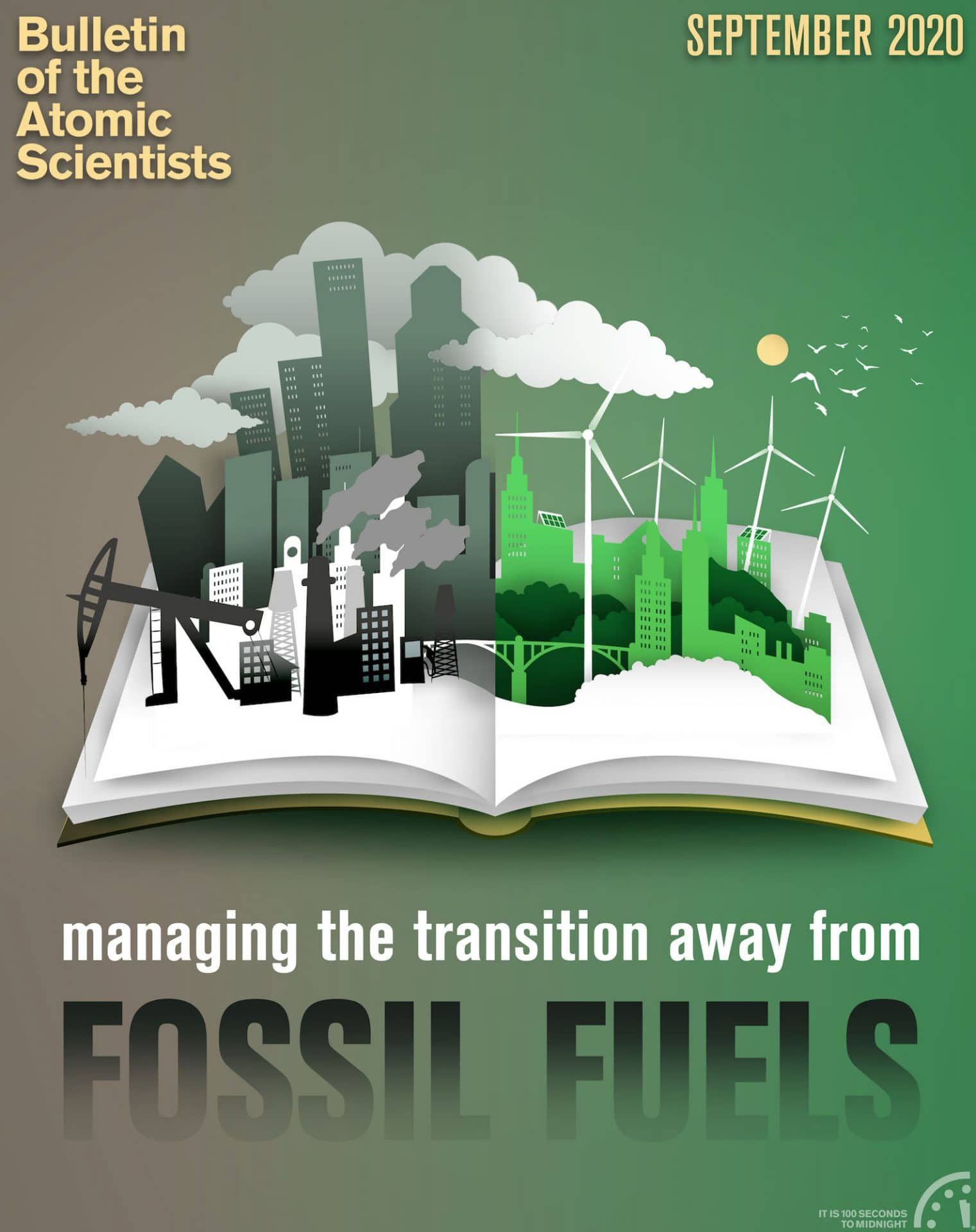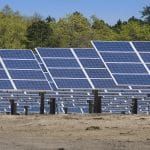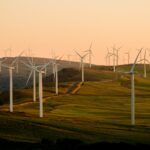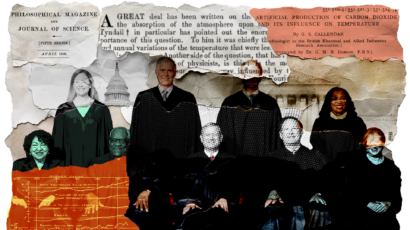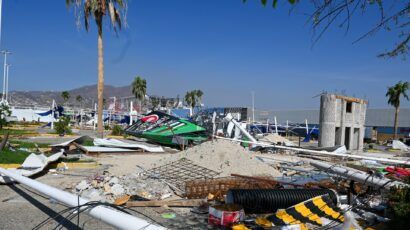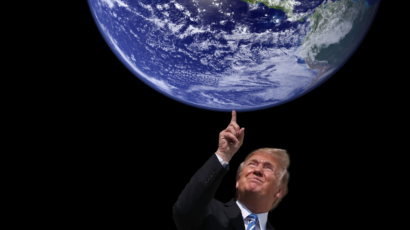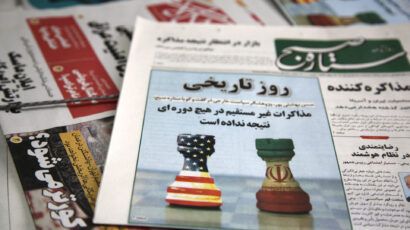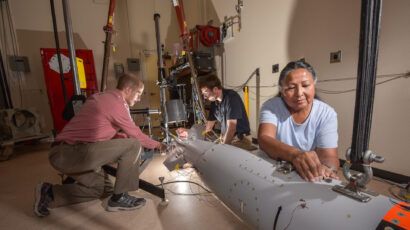The climate risks of China’s Belt and Road Initiative
By Sagatom Saha | September 8, 2020
The climate risks of China’s Belt and Road Initiative
By Sagatom Saha | September 8, 2020
Loading...
Together, we make the world safer.
The Bulletin elevates expert voices above the noise. But as an independent nonprofit organization, our operations depend on the support of readers like you. Help us continue to deliver quality journalism that holds leaders accountable. Your support of our work at any level is important. In return, we promise our coverage will be understandable, influential, vigilant, solution-oriented, and fair-minded. Together we can make a difference.
Keywords: Belt and Road Initiative, China, climate change, coal, environment, infrastructure
Topics: Climate Change
Get alerts about this thread
0 Comments
Oldest

